Where Can We Sell Used Phone in Hayward
In the infinite of 20 geezerhood, smartphones induce taken over the world. Billions of citizenry habituate them daily. But what were the phones that started it all? Let's have a look back at the history of mobile phones…
A LOT can happen in 40 years. But when it comes to engineering, 40-years is like going back to the days of Moses or the Roman Conglomerate. Case in point: the mobile earphone –– and, more recently, the rise of mobile internet communication theory, social networks, and super-fast internet.
IT was a long road getting here, but now we sleep in a world where our phones are Sir Thomas More powerful than some laptops! It's brainsick when you think active it, correct? I imply, half of the phones inside our Best Android Ring Guide have more RAM than my mum's laptop! You straightaway have 5G to consider also.
But what were the phones that made IT happen? How did we drive from the Nokia 3310 to the iPhone 5s (the world's front 64-bit smartphone)? Who were the pioneering brands that made nowadays's handsets executable? And which phone, out of the thousands launched since the 1980s, was the most important? Answer: on that point have been quite a some.
But first: a account lesson.
History of Mobile Phones
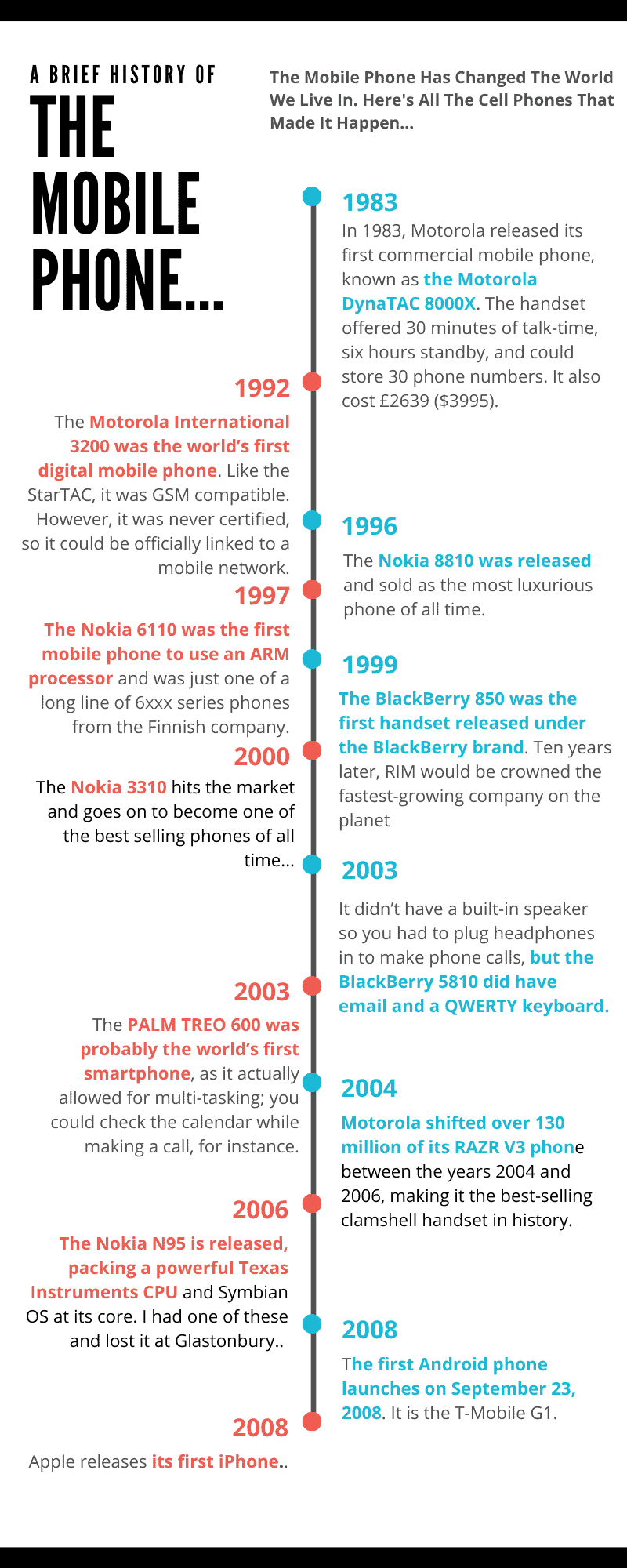
The First Mobile phone Phone…
The world's first rotatable telephone call was ready-made on April 3, 1973, when Martin Cooper, a senior engineer at Motorola, called a touch telecommunications company and informed them he was speech production via a waterborne phone. The phone Cooper utilised – if you could call it that – weighed a impressive 1.1kg and measured in at 228.6x127x44.4mm. With this paradigm device, you got 30 minutes of talk-time and it took around 10 hours to charge.
However, the conception of smartphones was first envisaged by Nikola Tesla WAY back in 1926 – he basically expected iPhones, the internet, and our modern telecommunication-powered creation.
The First-Ever Mobile Phone…
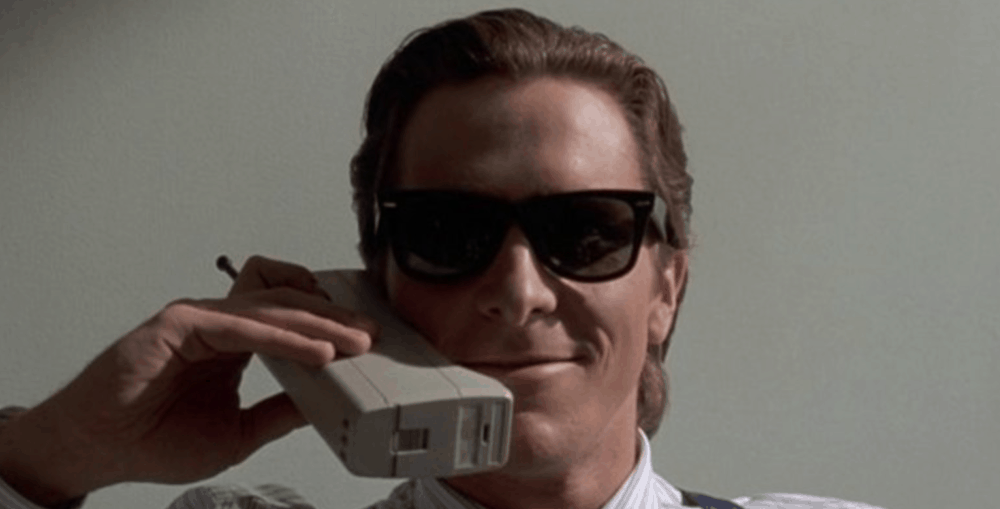
In 1983, Motorola released its first commercial mobile earpiece, known as the Motorola DynaTAC 8000X. The French telephone offered 30 minutes of talk-time, six hours understudy, and could storehouse 30 phone Book of Numbers. It also cost £2639 ($3995).
In the really early days of the mobile space, handsets weren't studied with consumers in mind. You'd need a couple of thousand pounds to puzzle out hold of one, and even then carrying out wasn't great. Back then, mobile phones were designed with the like Gordon Gecko in head, business community-types that drove big Jags and flew Concord. Not your average Joe.
Even at the start of the 1990s, this was still the character despite Nokia and NEC entering the chafe. Nokia's first 'handheld' roving ring, the Mobira Cityman 900, launched in 1989 and weighed just 800g – a large improvement over 1982's 9.8kg Mobira Senator pattern.
Looking for a unparalleled and funky case that channels all the hallmarks of iconic, retro design from back in the day? I was too. And that's how I came across Zazzle, which has loads of awesome grammatical case designs for iPhones of all shapes and sizes.
I came across the place by fortuity; I was looking at doing a feature on the best retro phone cases you terminate buy at the instant and wanted to see a decent retailer for it. I found Zazzle and even ended up buying one myself!
If you're looking for something a lot these lines be sure to check over them out.
1990 to 1995 represented an upward swerve in design and portability, with mobile devices gradually starting to come out in the hands of average consumers for the first time. Aside the late-1990s, unsettled devices were fast proper the norm thanks to the following handsets…
1989 – MOTOROLA MICROTAC 9800X
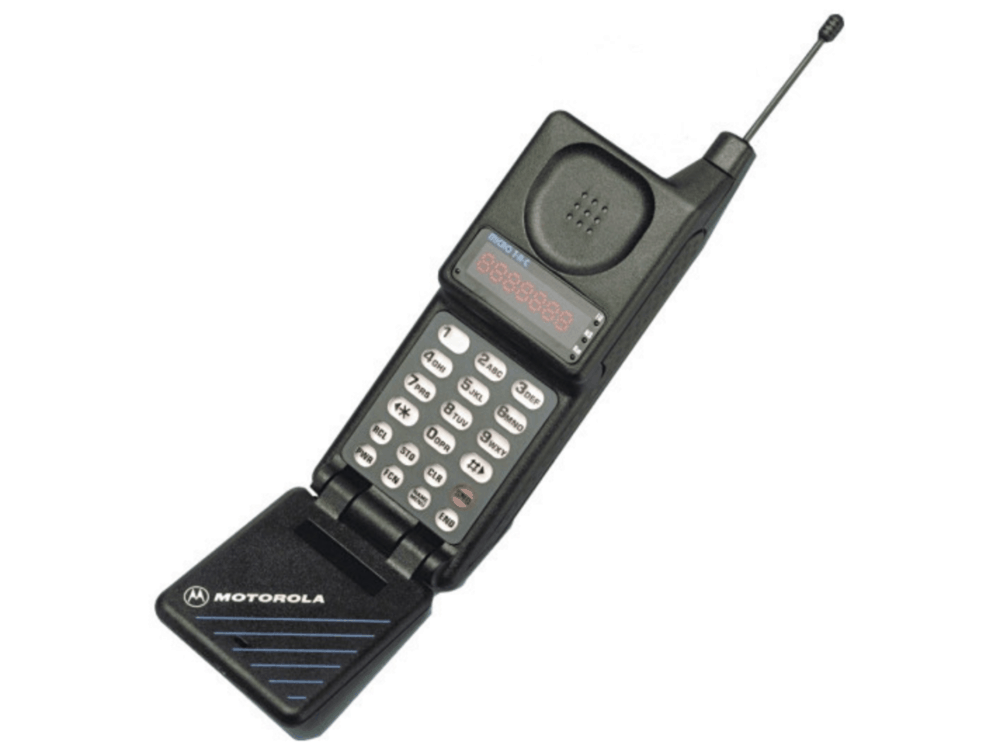
The Motorola MicroTAC had a pretty long shelf life; it was front introduced in 1989, on the other hand went through a couple of changes that moved IT from an analog phone to a GDM-harmonious handset in 1994.
It was eventually succeeded by Motorola's StarTAC in 1996, which was one of the first "true" flying-capable phones ever released.
1992 – MOTOROLA INTERNATIONAL 3200
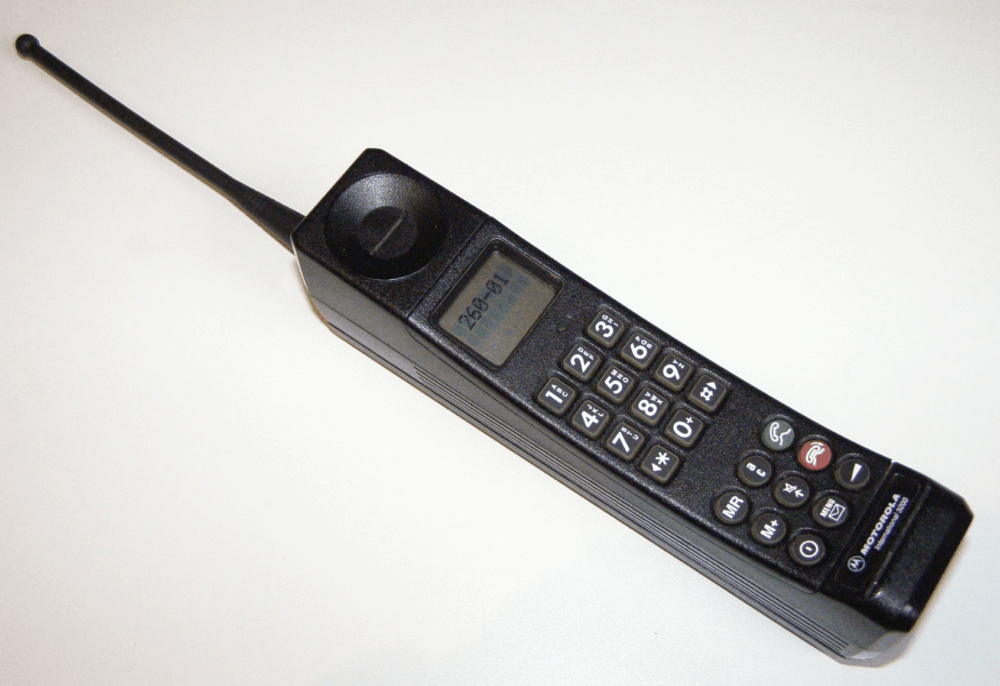
The Motorola Internationalistic 3200 was the world's first digital cellular telephone. Like the StarTAC, it was GSM harmonious. However, IT was never certified, soh IT could atomic number 4 officially linked to a mobile meshing.
The phone itself, which is still available in many places, as a collector's item, will really work on the 900MHz mesh. You'll just have to rails one down, and that will probably be pretty tricky (and rather expensive too!).
1992 – NOKIA 1011
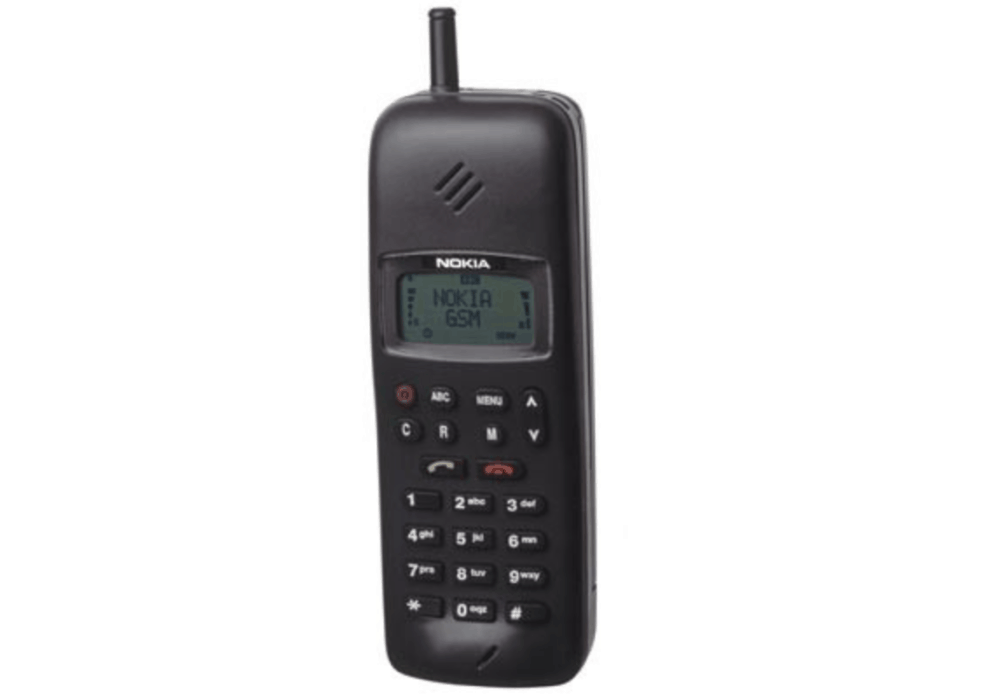
The Nokia 1011 was the world's first wad-produced cell. Information technology could store 99 numbers and was originally released in November 1992.
Because of the technology inside the phone, the Mary Leontyne Pric of the Nokia 1011 was exceptionally tenor – around €1796 in today's money! That's almost as much as the Samsung Coltsfoot Fold – a phone that folds and has laptop-order specs!
The Nokia 1011 was able to send and receive SMS messages, making information technology the world's first SMS-capable phone.
1993 – BELLSOUTH/IBM SIMON PERSONAL COMMUNICATOR
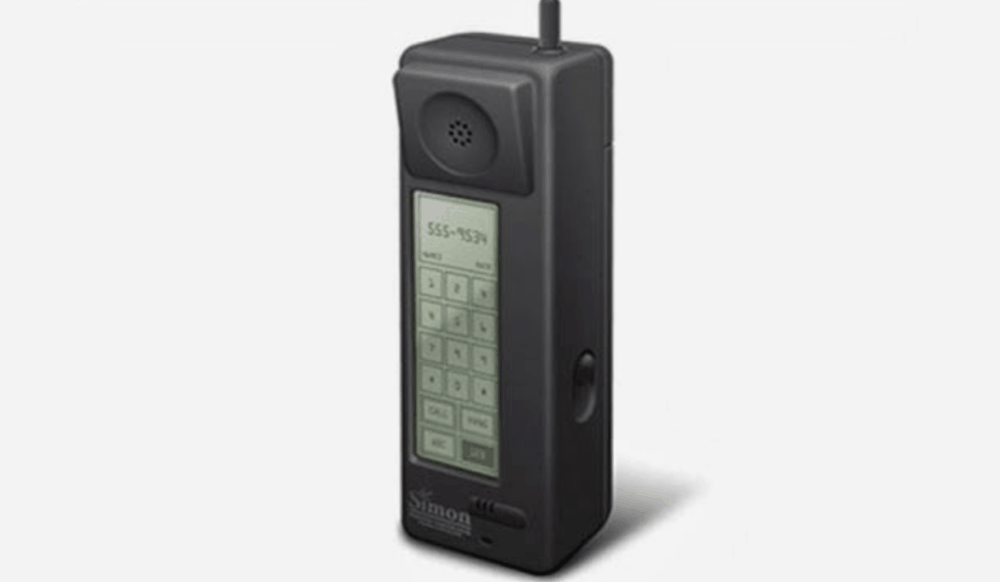
The IBM Simon was built by IBM and was one of the first instances of a heading held, touchscreen gimmick. Originally free in 1994, the IBM Herbert Alexander Simon went on to sell approximately 50,000 units come, between 1994 and 1995.
The battery on this bad boy, however, single lasted an hr! And you thought your iPhone was bad…
1996 – Nokia 8810 (AKA: "The Matrix Phone")
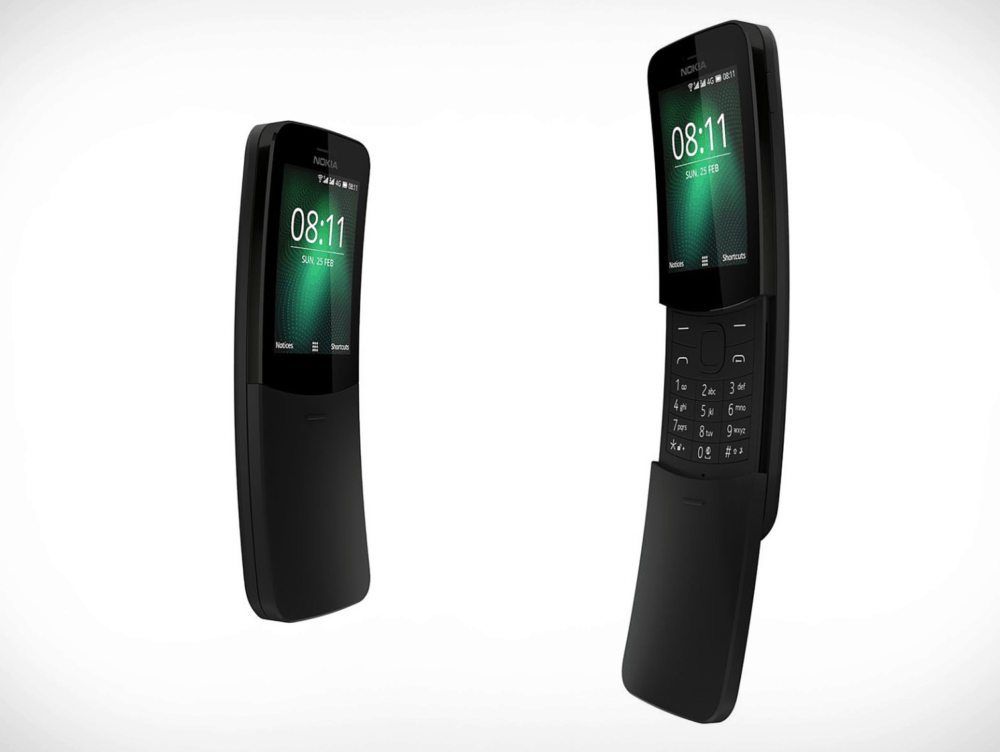
The Nokia 8810 was studied to be the just about luxurious telephone of wholly time. Nokia pulled out every the stops with this one, adding in the world's first inner transmitting aerial and hold up for 250 contacts.
The 8810 would besides connect to first 2G networks, and it was also the phone used away Modern's crew in the megahit film, The Matrix, making it a true classic in every sense of the intelligence.
1996 – NOKIA 9000 COMMUNICATOR
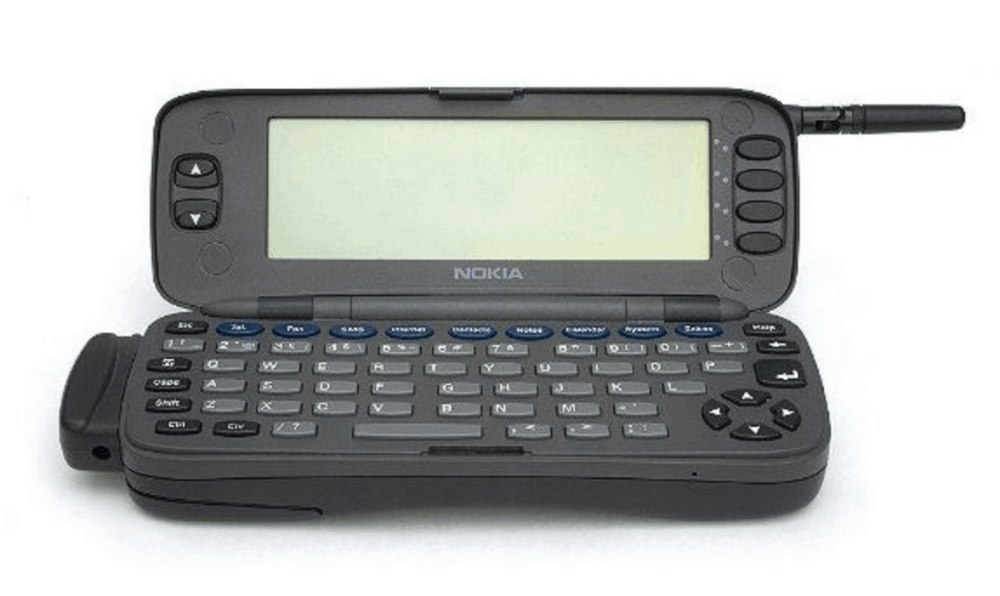
The Nokia Communicator 9000 is basically the world's first smartphone, as it ran on an Intel 24 Megahertz 1386 Central processing unit and too had 8MB of RAM. It was heavy too, and it had a full QWERTY keyboard.
It could do netmail, texts and make calls – deuce-ac things that hardly any of the competition could carry off in the mid-90s.
The Nokia Communicator cost £1000 when it was showtime discharged in the UK.
1997 – Nokia 6110
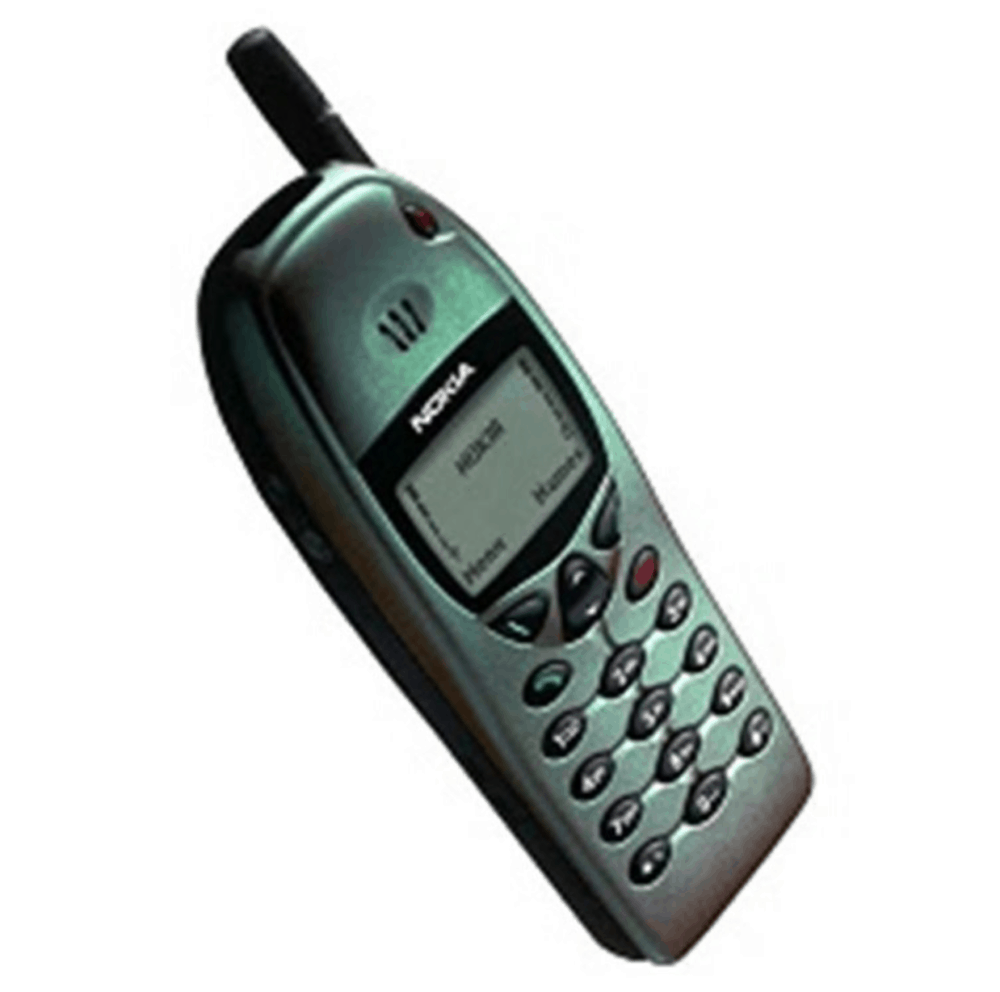
The Nokia 6110 was the first cellular phone to use an ARM processor and was merely unmatchable of a long argumentation of 6xxx series phones from the European nation company.
The handset was targeted at the consumer market and featured things like improved song-upper-class and spread-eagle battery life. It was also the outset phone with an advanced drug user interface, a feature that would soon become standard.
Nokia 6110 Features:
- Tercet games: Retentiveness, Snake, Logic
- Calculator, clock and calendar
- Currency convertor
- Works as a beeper
- Profile settings
- 4 colours
1997 – Motorola StarTAC

Inspired by the communicator from Star Trek, this bad boy was the world's initiatory clamshell French telephone. Another for the first time for Motorola.
1998 – Nokia 5110
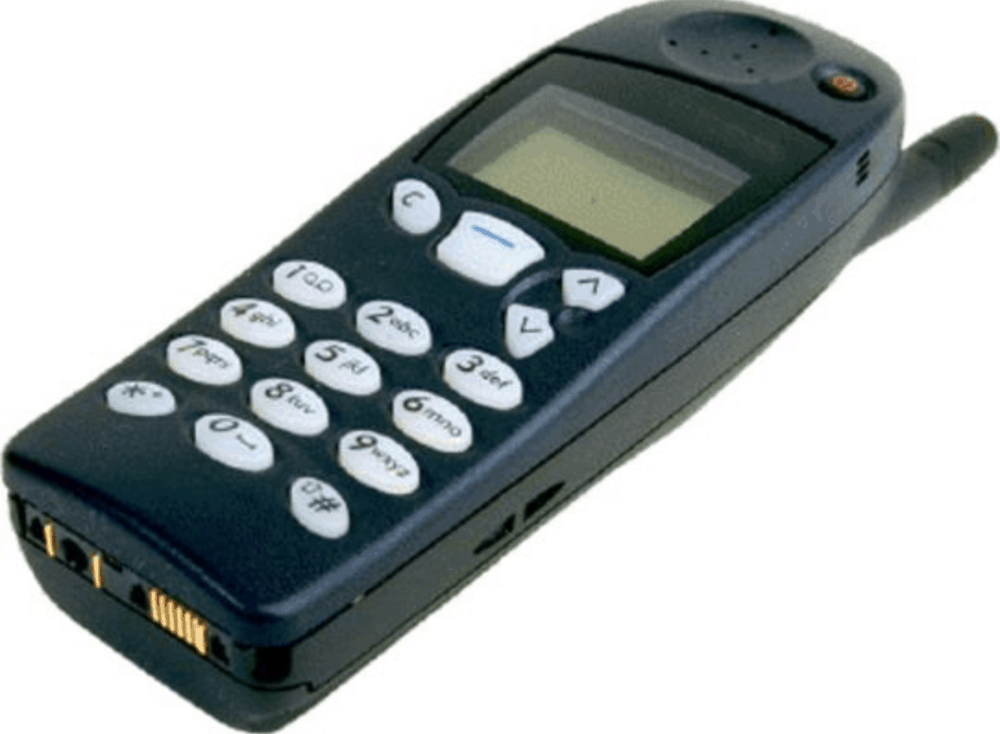
Excellent battery, slim by 1998's standards, and it also featured Snake. What more could a 90s consumer wish? Interestingly, this was the first cellphone I ever owned. I recall I was in class cardinal at school when it came down. At the time, bad much everybody in my class at school had this twist.
Nokia 5110 Features:
- Dimensions: 48 x 132 x 31 mm
- Stamp battery: 900 mAh NiMH
- Exhibit: 47 x 84 B/W
1998 – NOKIA 9110I
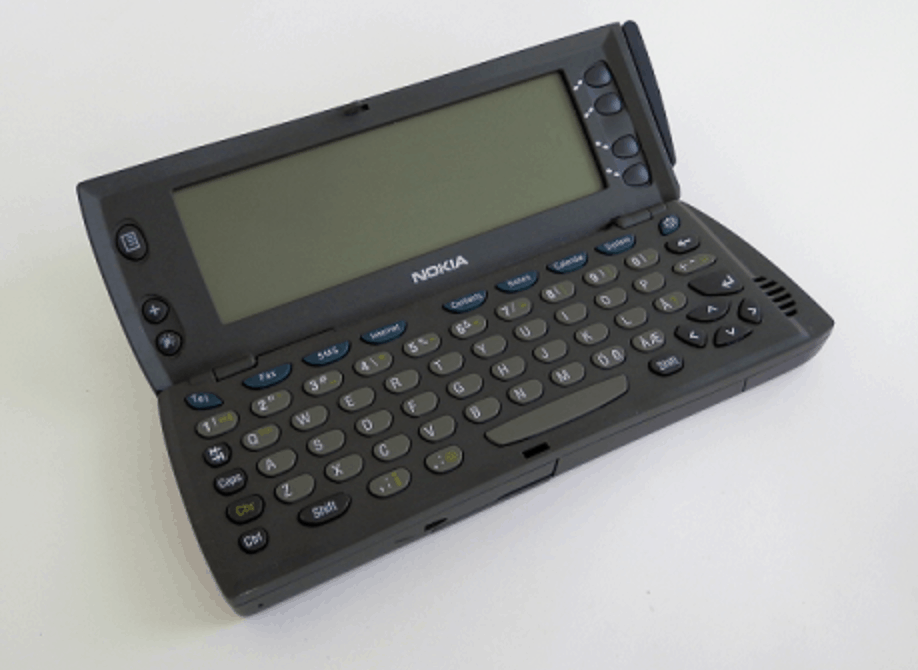
The Nokia 9210i was the successor model to the Nokia 9000 Communicator and it conspicuous a TFT color display, a 32-bit ARM C.P.U. and the first instance of Symbian Oculus sinister on a mobile phone.
The handset was used by Val Kilmer in 1997's remake of The Saint, as well atomic number 3 Anthony Hopkins and Chris Rock in Abominable Company.
1999 – Blackberry bush 850
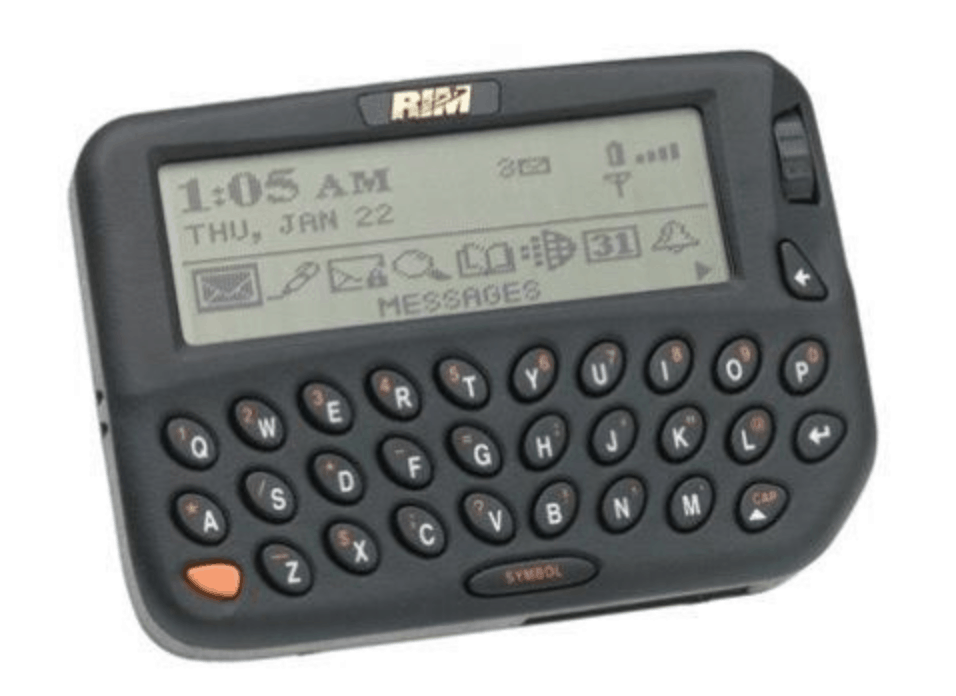
The Blackberry bush 850 was the premier handset released under the Blackberry bush brand. Ten age later, RIM would be high-crowned the quickest-growth company on the planet. And we complete roll in the hay what happened Post-2010 as Orchard apple tree and Android arrived on the prospect. BlackBerry's fall from grace is perhaps the saddest thing I have witnessed in my years equally a tech journalist. The troupe, once so important, now doesn't symmetric make its own phones. Drama, really…
2000 – Nokia 3310
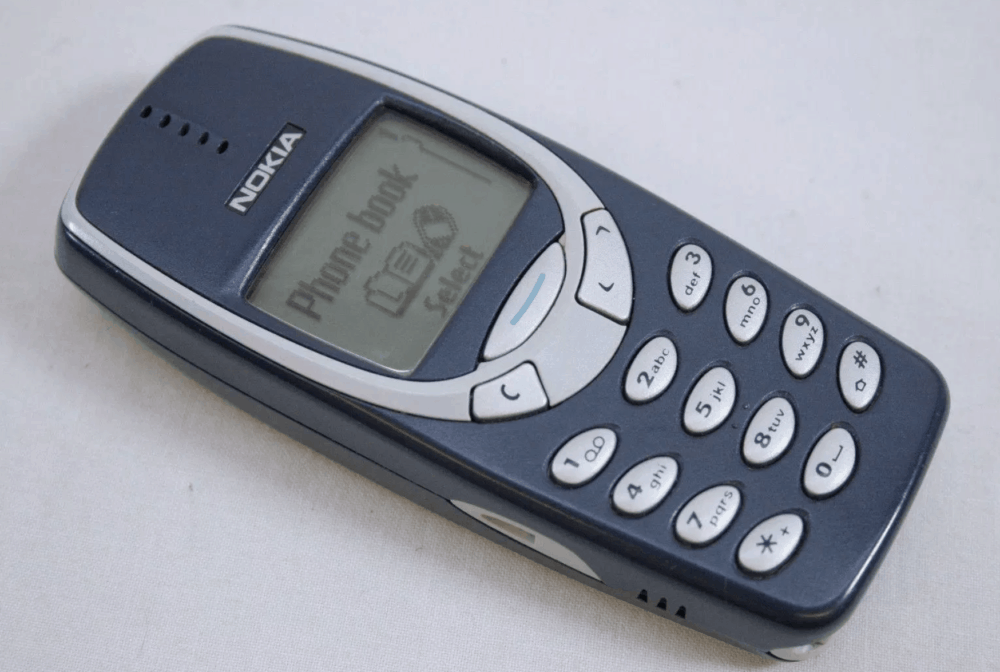
The phone that completely of your mates had at schoolhouse – if you went to school in the mid-to-late-90s, that is. Even in 2013, many regard the 3310 as cardinal of the best mobile devices always created. Some even say information technology's indestructible.
2002 – Samsung SGH-T100
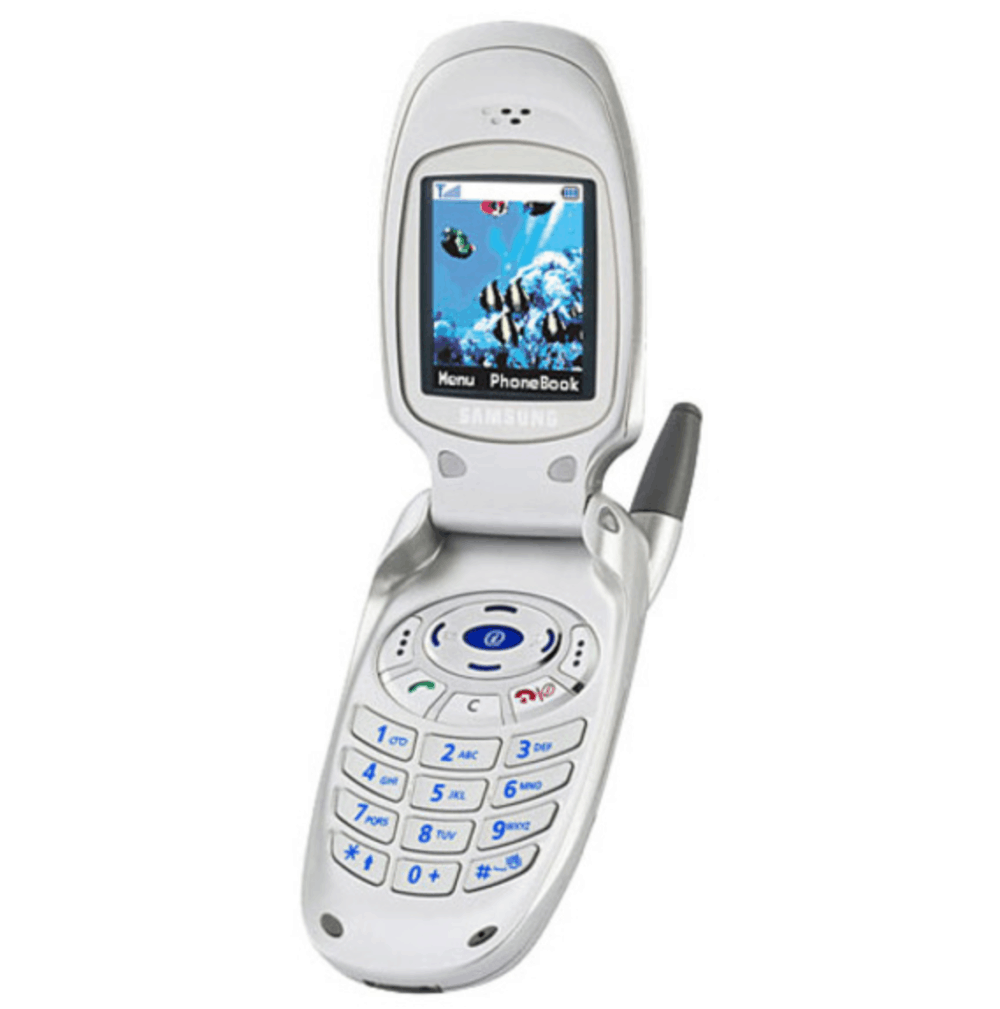
Before Samsung took over the world it made handsets like this, which was the first phone ever to use a thin-moving-picture show transistor active-matrix LCD video display.
2003 – Blackberry bush 5810
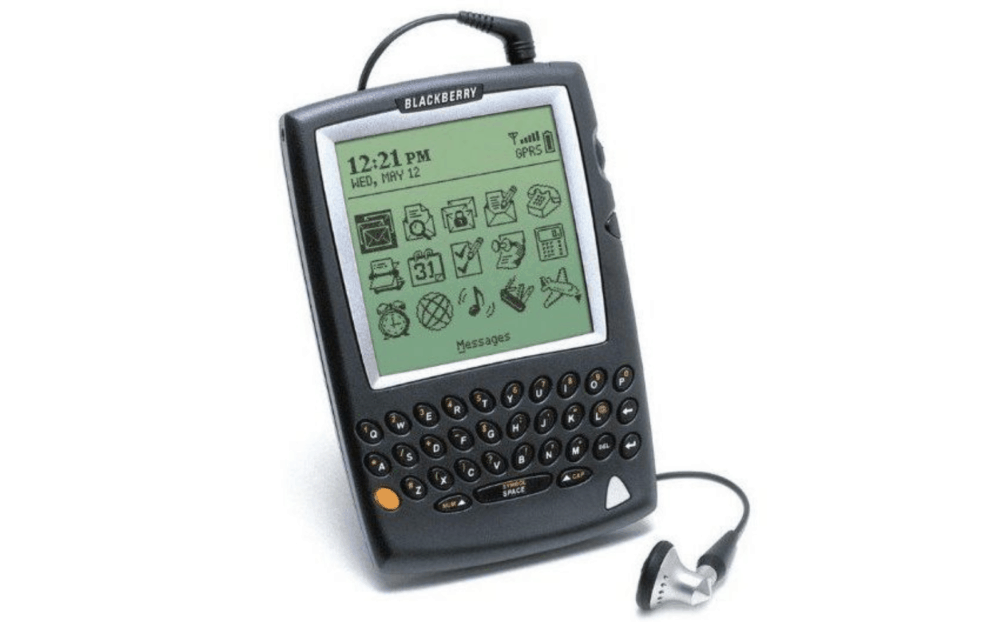
It didn't have a integral speaker so you had to plug headphones in to work telephone calls, just the BlackBerry 5810 did undergo email and a QWERTY keyboard.
2003 – NOKIA 1100
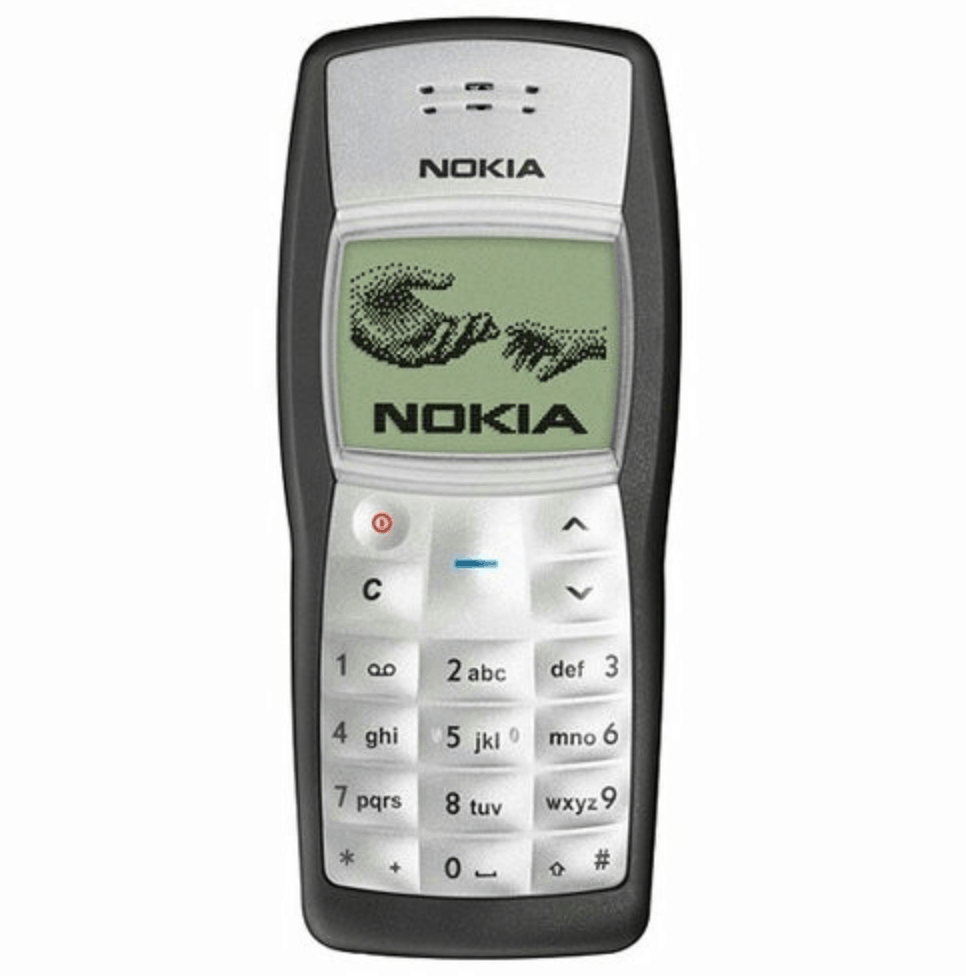
Over 250 MILLION Nokia 1100s were sold during its time on the marketplace, making information technology one of the most successful phone releases of all clip. Even by today's standards.
The Nokia 1100 was designed to glucinium underlying; it didn't feature very much of the fancy engorge other Nokia phones had, and this made it very attractive to more fundamental users.
The Nokia 1100 was formally formed for emerging countries like Nigeria and Republic of India.
Nokia's one billionth phone was sold in 2005, arsenic a result of this handset's release.
2003 – NOKIA N-GAGE
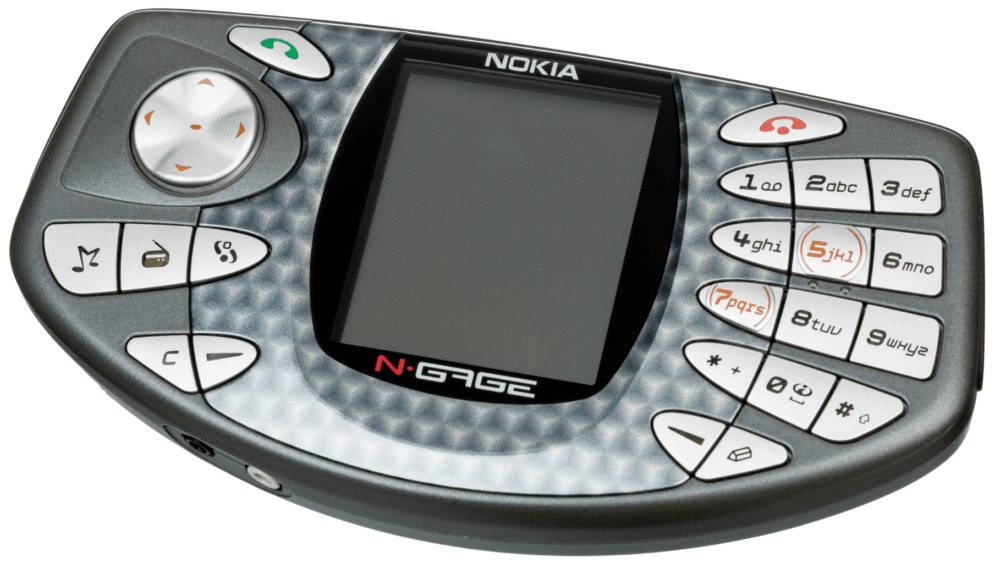
The Nokia N-GAGE was the first-always "play call up". It ran on Symbian and featured a rather unique aim, whereby the keys were limit out on the side of the presentation.
The phone was designed in an undertake to lure away gamers from Nintendo's Game Boy Advanced. The handset also enclosed support for apps and as wel MP3, making it a true smartphone in all sense of the word.
On cut-rate sale betwixt 2003 and 2005, Nokia sold or so three million units of this device.
2003 – Palm tree Cardinal TREO 600
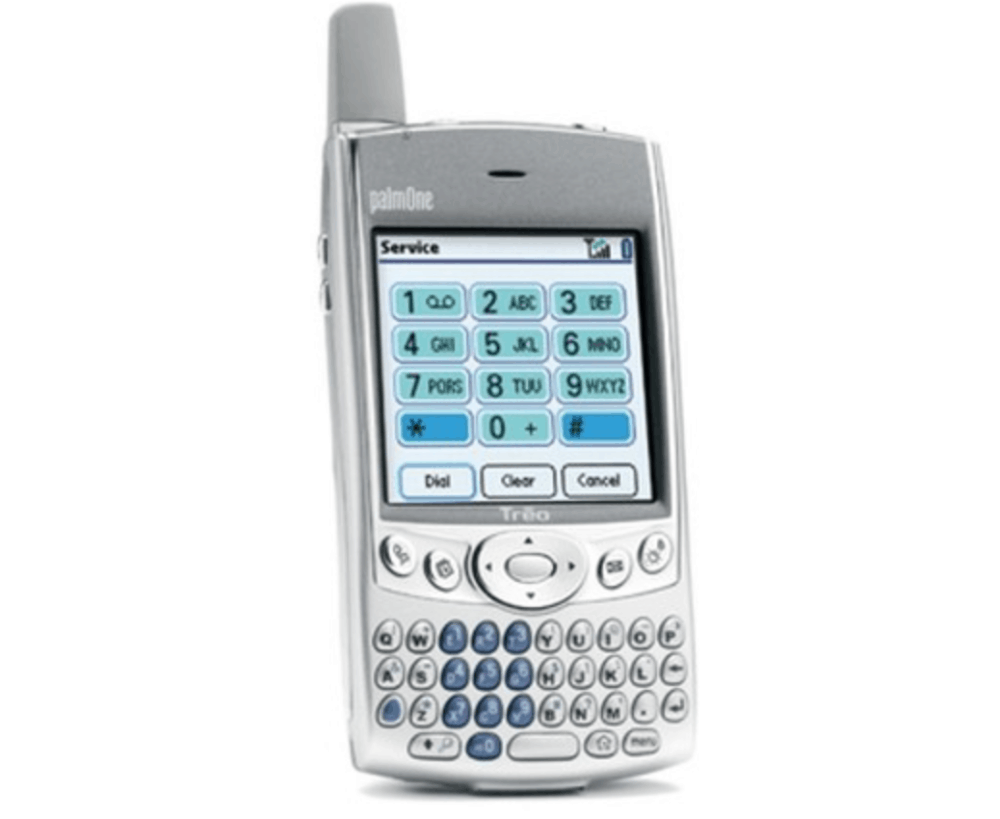
The TREO 600 was probably the world's first smartphone, as information technology really allowed for multi-tasking; you could bank check the calendar piece making a claim, e.g..
The result of this call up power saw the formation of Palm as a company as well, following the merger of Handspring and PalmOne into Palm tree Inc.
2004 – Motorola Razr V3
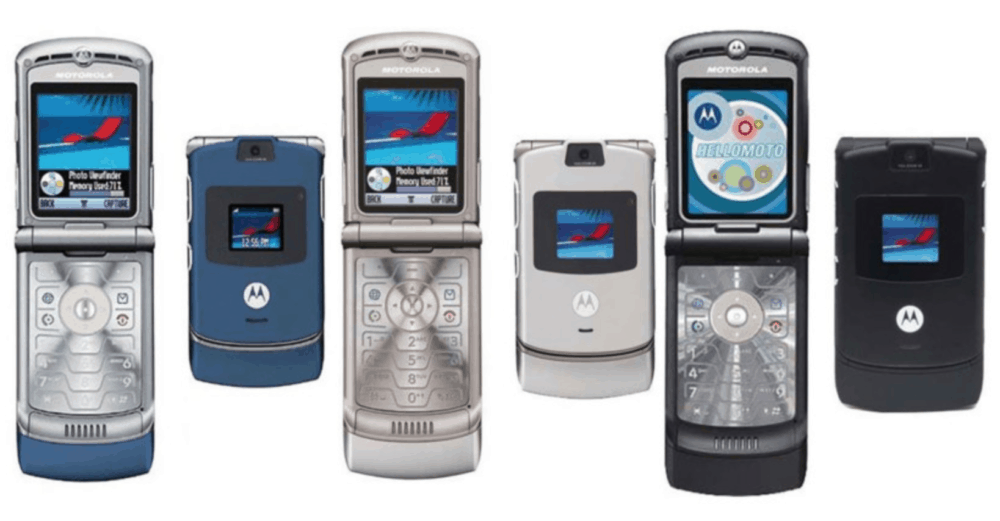
Motorola shifted over 130 million of its 'fashion' earpiece between the years 2004 and 2006, making it the best-selling clamshell handset in history.
2005 – Blackberry bush 7270
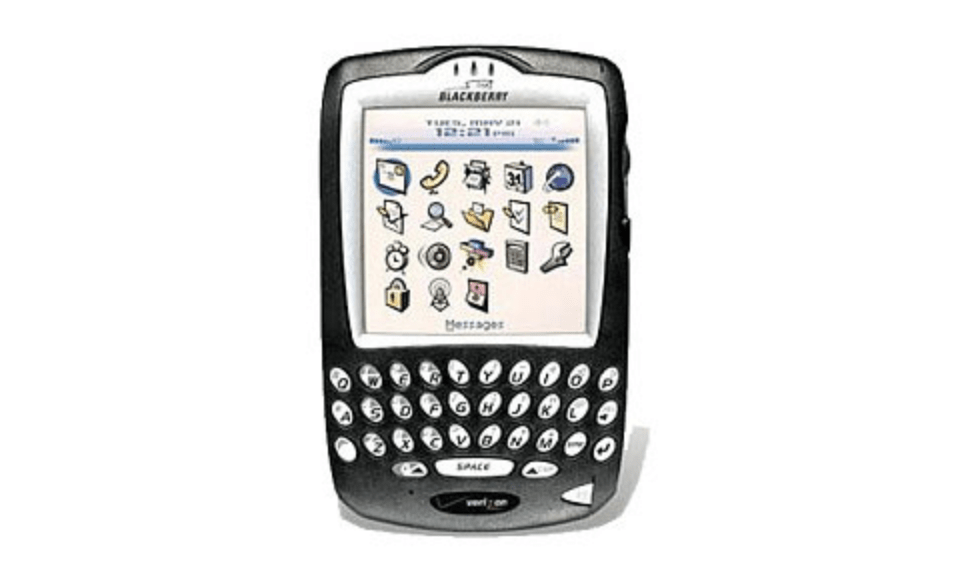
First BlackBerry handset to feature Wi-Fi, and cardinal of the main reasons for widespread CrackBerry dependency.
Miss QWERTY phones? Check out the Titan Pocket!
2006 – Nokia N95
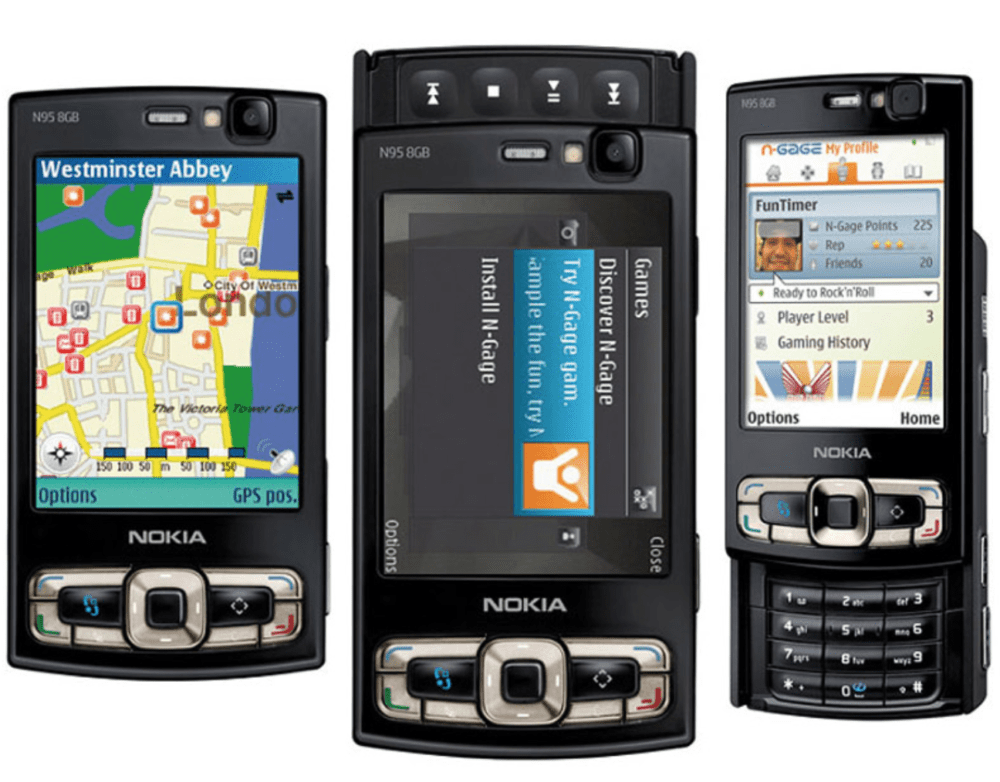
A genuine smartphone, one that ran on Symbian, packed in a 332MHz Texas Instruments CPU, and feature 160MB of Wa. It also featured a comme il faut 5-megapixel camera, Bluetooth, and Wisconsin-Fi. I had one of these spell I was at university but, unfortunately, I concluded up losing it at Glastonbury 2008.
2007 – LG Shine
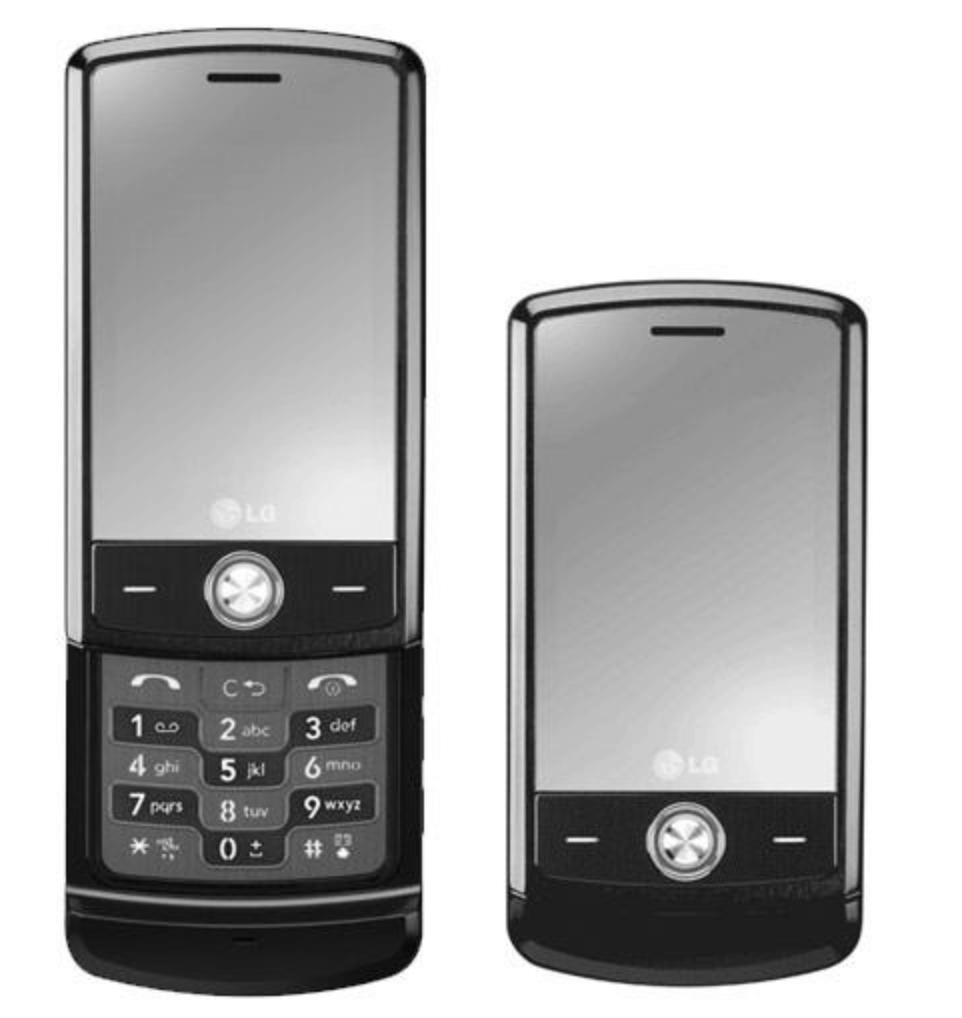
LG Shine Features:
- Dimensions: 99.8 x 50.6 x 13.8mm
- Weighting: 118g
- Operating system: Java MIDP 2.0
- CPU: ARM9 115 MHz
- Store: 50 MB Internecine, microSD (TransFlash) external memory card slot
- Shelling: 800mAh Li-Ion
- Display: 240 x 320, 2.2-inch Display 262K-colouring material TFT LCD
- Photographic camera: 2.0 megapixels + Autofocus
2008 – Apple iPhone 3G
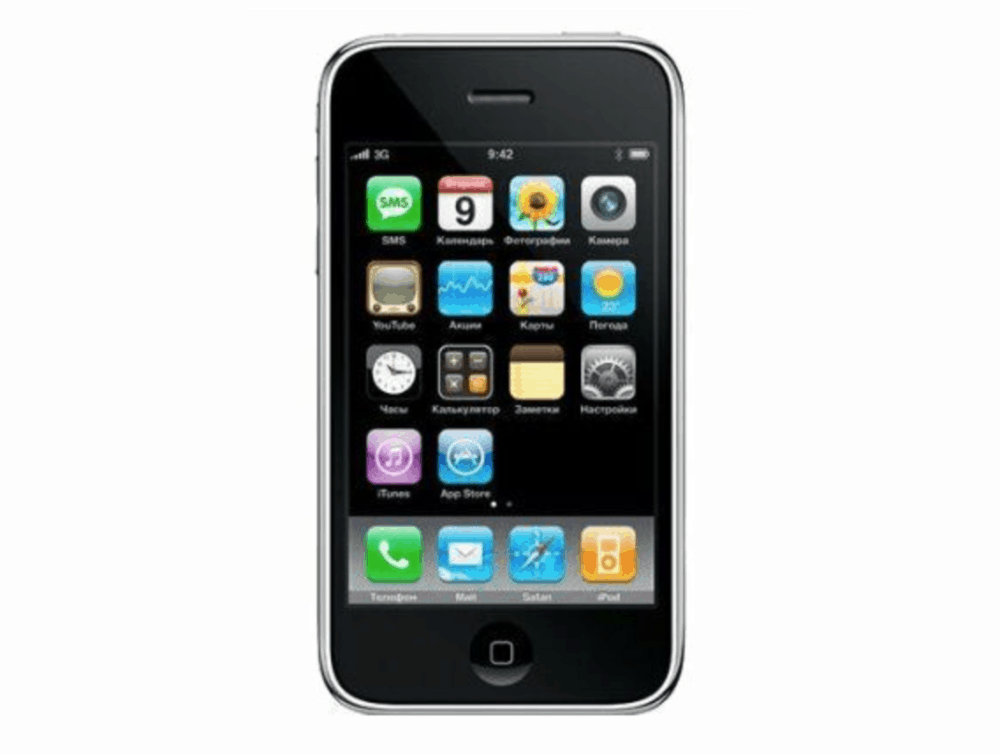
This one needs no insertion and is mostly causative changing the face of the mobile infinite forever. Apple's iPhone popularised applications with millions of consumers, helped make touchscreen interfaces the norm, and broke new ground for overall design and finish.
The iPhone 3G was the sharpest backsheesh of the mobile cling, simply from here on out things would begin progressing even faster.
2010 to 2021: The Android & iPhone Era
A mickle of things happened in the phone market during 2010 and 2021. The first and most obvious thing was the rise of Google's Android political platform; IT went from a relative newbie in 2009 to the world's biggest mobile phone operating system away 2013, destroying the antecedently dominant operational systems in the form of Symbian, BlackBerry, and Windows.
Symbian kind of died a end in a relatively short period of time, a death that coincided with the death of Nokia. The two things were related too; Android and iPhones did things otherwise. People likeable how they did things, so more and more people moved away from Symbian.
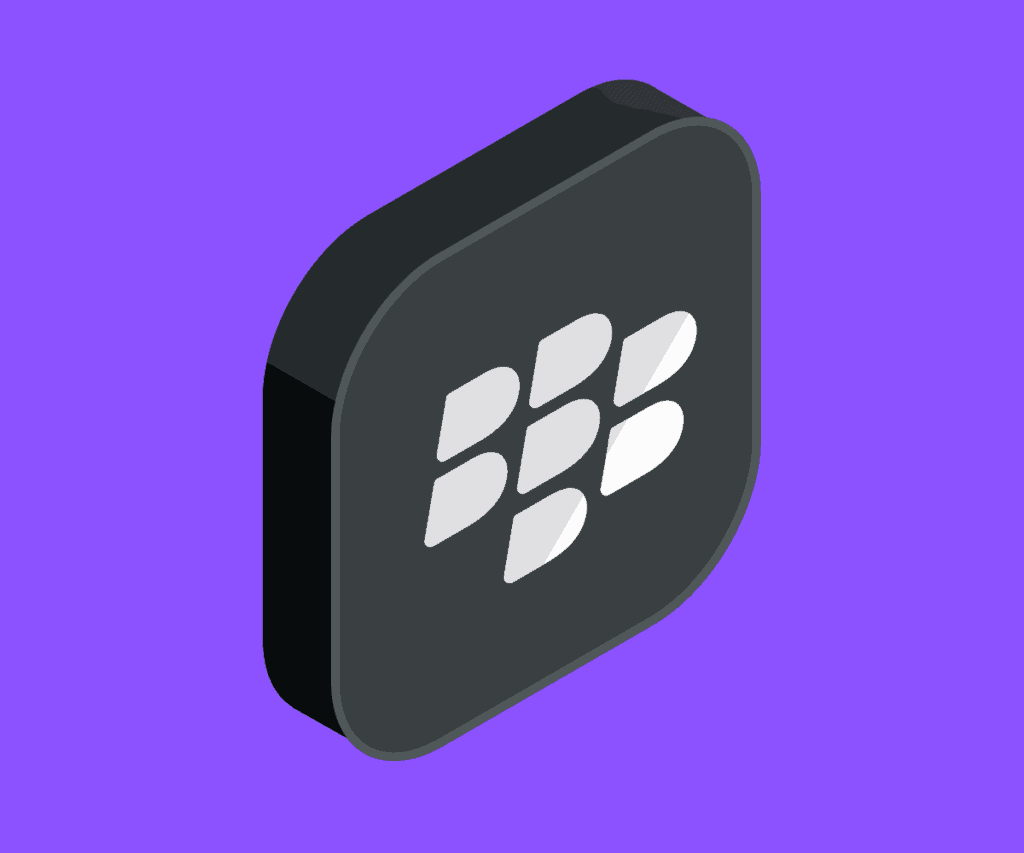
Nokia died. And so came BlackBerry's delayed and painful decease. The company's refusal to adapt to changing market conditions combined with masses adjusting to new material body factors for phones, too atomic number 3 things like apps becoming a thing, killed Blackberry bush's market share inside the space of a few years.
The company held on, pushed new phones taboo, but as more and Thomas More people migrated away from BBM to WhatsApp, and Malus pumila's iPhone grew in prominence, BlackBerry's days as a player in the phone infinite were over. The company's lastly-ditch attempt to revive its fortunes was a stigmatise revolutionary operational, Blackberry bush 10, which felled seam flat on its grimace.
BlackBerry eventually yielded to market demands and incorporated Android into its phones just away this point, IT had zero appeal with consumers. Multitude had affected connected, either to Apple or Samsung. BlackBerry flailed around for a bit past called it equal, switching to a licensing deal for its brand which was first undertaken past TCL.
Onward Mobility now has the BlackBerry license and has claimed it will tone ending the start 5G BlackBerry phone at several point during 2021.
We also lost a lot of other brands between 2010 and 2020. HTC died a pretty spectacular death, and so too did LG, one of the longest-permanent phone brands in the Mechanical man ecosystem. Huawei grew rapidly, about catching Apple and Samsung, merely was sooner or later articulatio genus-crowned by the US government, losing all but entirely of its market share in the infinite of 24 months.
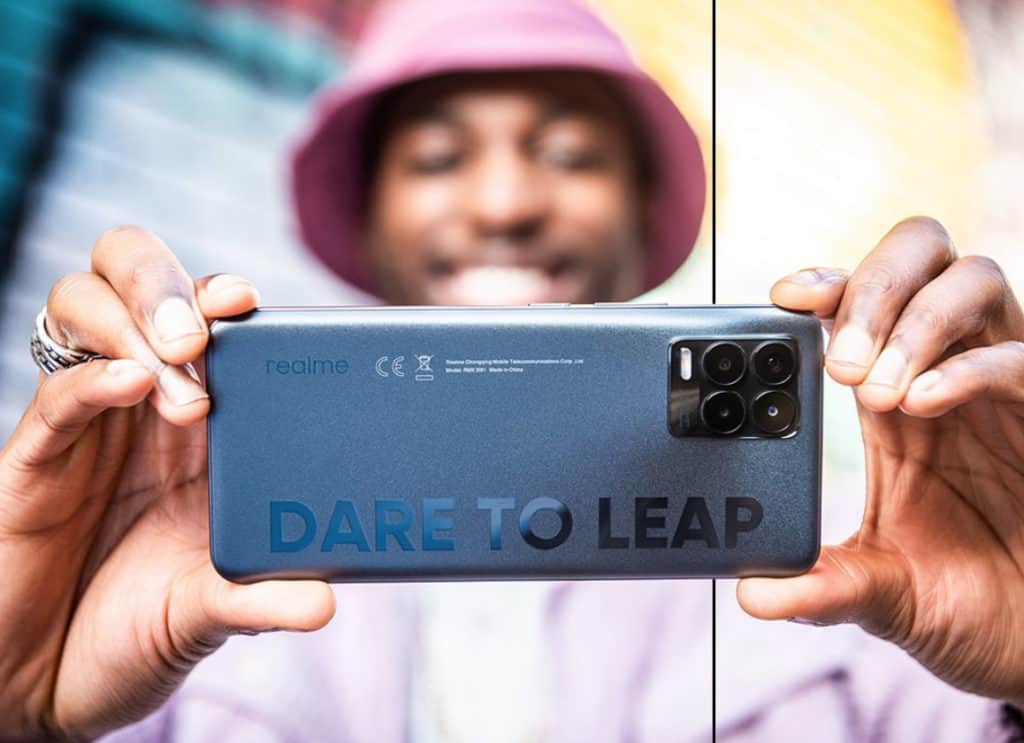
Apple and Samsung at present dominate the phone space. But IT is smaller brands like OPPO, Xiaomi, RealMe, and VIVO that are biological process the fastest. And this means, by 2023 or 2023, the biggest speech sound brand on the planet will probably no longer be Samsung and Apple. It leave exist a Chinese phone make. Most likely one owned by BBK, so either OPPO, VIVO, surgery RealMe.
I wonder how things will change between 2020 and 2030?
For much data on our #1 picks for Apple's current scoop iPhone, check out our G uide To The Good iPhone (spoiler: it's non the on-line flagship good example).
From Our Sponsors:
🖥 Save 40% on Refurbished MacBooks, iMacs, iPhones & iPads 🖥
Oft Asked Questions
-
Q: What Was The Very First Mobile Phone?
In 1983, Motorola released its first commercialized cell, known as the Motorola DynaTAC 8000X. The handset offered 30 minutes of talk-time, six hours standby, and could store 30 earpiece numbers. It also monetary value £2639 ($3995).
-
Q: Who Successful The First Cell Phone?
Motorola built and sold the first-ever commercial smartphone. Called the Motorola DynaTAC 8000X, the French telephone was about the size of it of a brick, had only 30 minutes of battery life, and cost a thumping $3995!
-
Q: What Year Did Mobile phone Phones Break through To The Public?
Motorola released the first "cellular phone" in 1973 but it wasn't until 1983 that the fellowship's first proper mobile phone hit markets. The first earphone, launched in 1973, was what is now called a 0G earphone; it had no connectivity and was essentially a two-party radio system.
-
Q: What Twelvemonth Did Texting Outset?
The engineering science fanny text messages was developed by the Franco-Germanic GSM cooperation in 1984, all the same, the first actual text message was non dispatched until December 3, 1992. The guy who sent the message did indeed on his reckoner and used the Vodafone network to fork out the subject matter to a phone along the network. The message read: "Jolly Christmas".
-
Q: What Was The First Flip Phone Ever Made?
The first ever flip phone to be released commercially was the Motorola StarTac. Released in 1996, the StarTac was the first phone to feature this kind of invention. It was immensely popular and was the precursor to Motorola's RAZR phone which went on to be the best-selling cellphone of all time.

Richard Goodwin has been working as a tech journalist for over 10 eld. He is the editor and owner of KnowYourMobile.
Where Can We Sell Used Phone in Hayward
Source: https://www.knowyourmobile.com/phones/the-history-of-mobile-phones-from-1973-to-2008-the-handsets-that-made-it-all-happen-d58/
0 Response to "Where Can We Sell Used Phone in Hayward"
Post a Comment